I shot the northern lights with Google Pixel's Astrophotography mode and a mirrorless camera – here's which one did best
Can you rely on a smartphone for superb aurora photos?
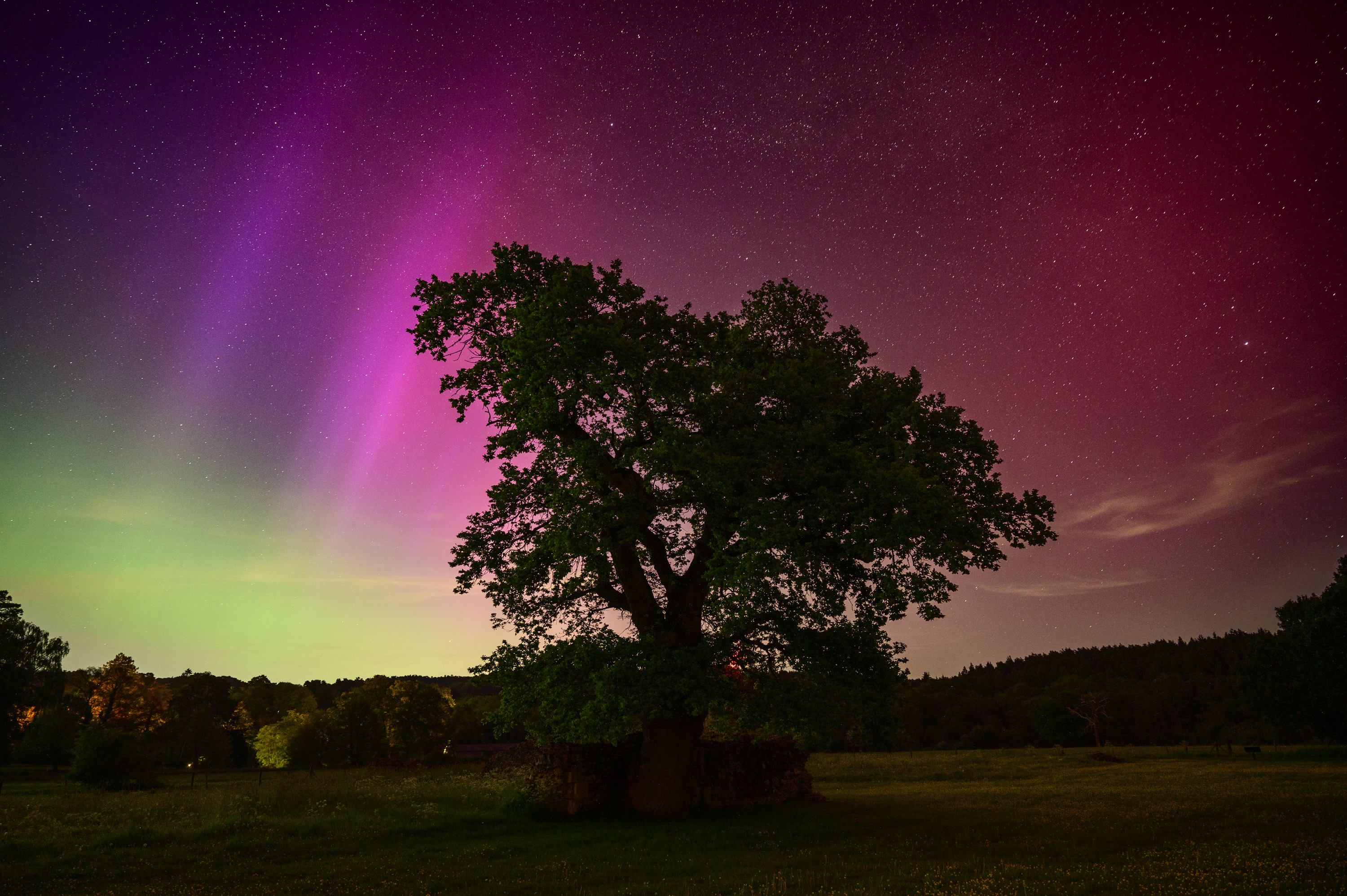
On the evening of May 10 and into the early hours of May 11 something special happened: the most active solar storm in two decades. It meant that the northern lights – a phenomenon I’ve only ever dreamt of seeing, having never made a trip to the far north where you can more reliably catch a glimpse – would be visible right on my doorstep, way down in the south of the UK.
The spectacle was the water-cooler chat across much of the Northern hemisphere the next day – you had either seen the aurora borealis, and spammed social media with your photos, or you had been painfully unaware of the dancing light columns in the night sky directly outside your house – some of my friends were simply watching TV or having an early night instead (there were also parts of the UK from where the light-show wasn't viewable). I was quietly in the smug camp.
With clear skies forecast and a waxing crescent moon making for clear viewing, everything aligned for a special night, without the need to make a pricey trip to somewhere like Iceland or Norway. I packed my Nikon Z6 II mirrorless camera and a Google Pixel 6 and headed to a nearby beauty spot, the site of some ancient ruins, to see what kind of photos I could get.
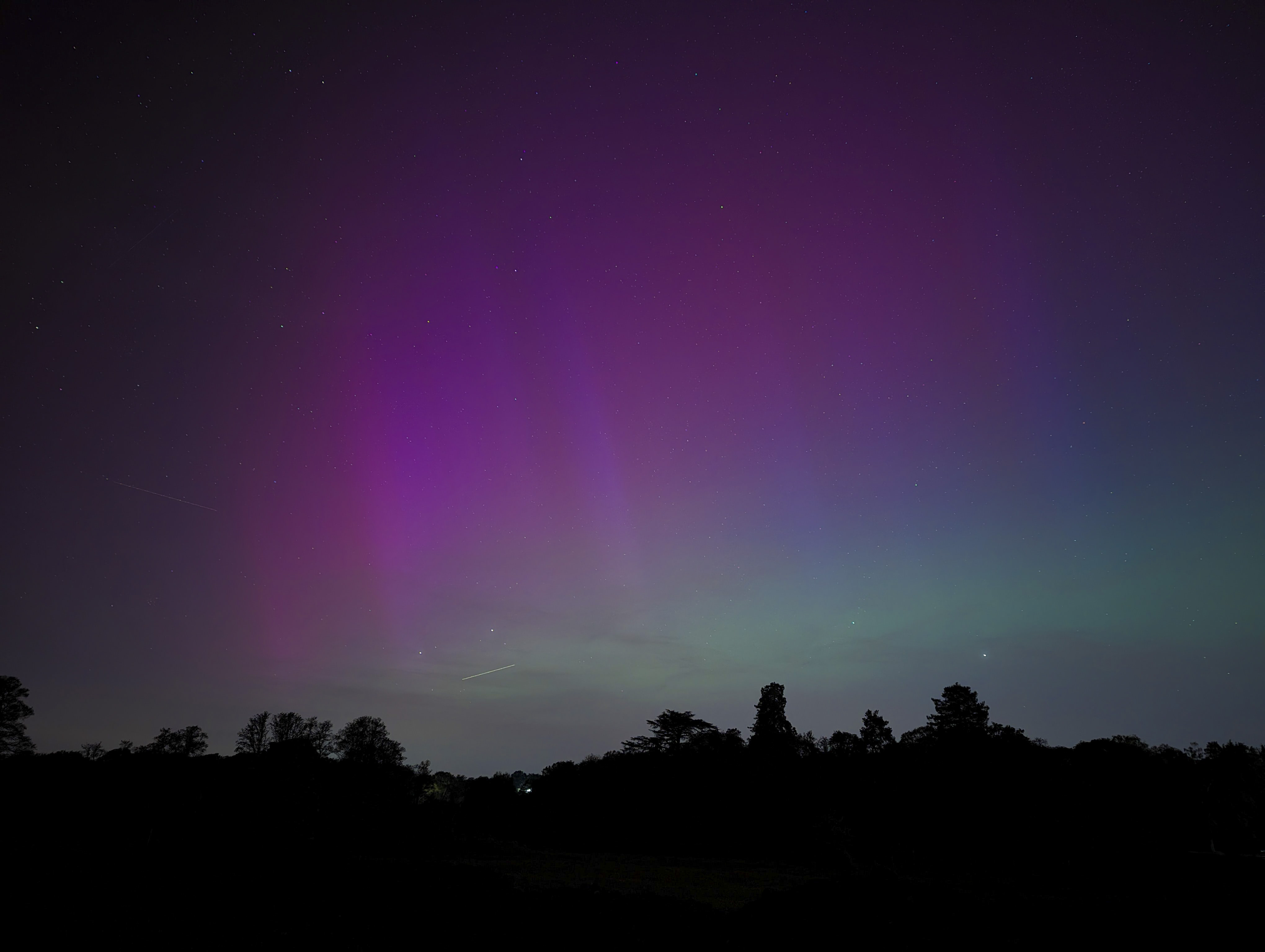
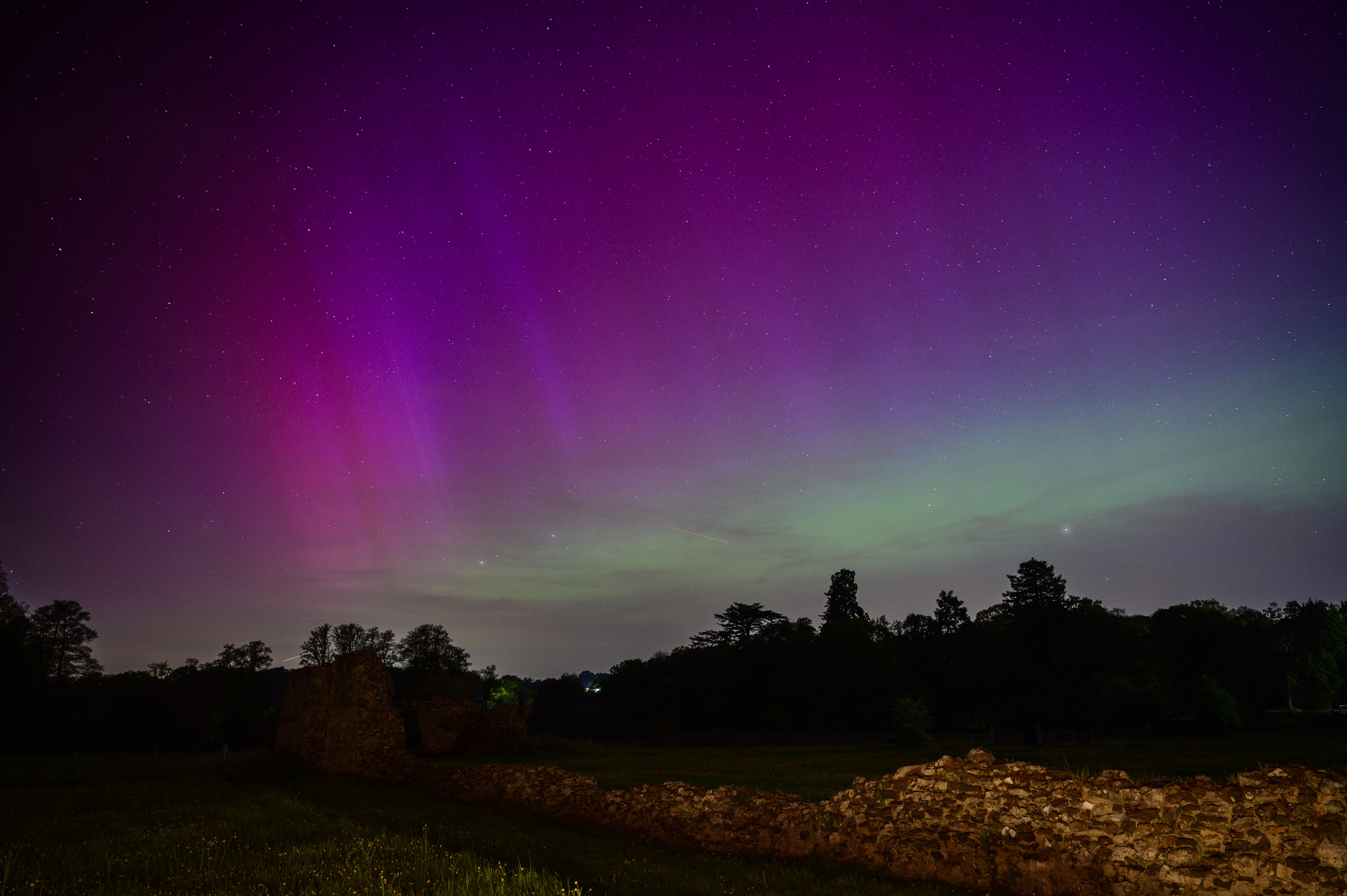
Did my Pixel’s astrophotography mode hack it?
Normally I wouldn’t need to think twice about which camera to photograph night skies with – it would be my best mirrorless camera. However, after recently being seriously impressed by Google Pixel’s Long Exposure mode, I thought I’d also give the Pixel 6’s Astrophotography mode a go, even for this once-in-a-lifetime event this far south.
I set up both cameras properly: fixing each one on a tripod and selecting the self timer mode to minimize camera shake caused by pressing the device’s shutter button to take a photo. In any case, you actually need to have a Google Pixel phone completely still in order for its Astrophotography mode to appear in place of regular Night Sight, which is the setting under which it can be found.
The Pixel’s Astrophotography mode builds the image over a period of four minutes, so surely it would be even better than Night Sight. The latter takes a three-second exposure, or you can extend that to five seconds, although I found that the gains with the longer exposure time are marginal.
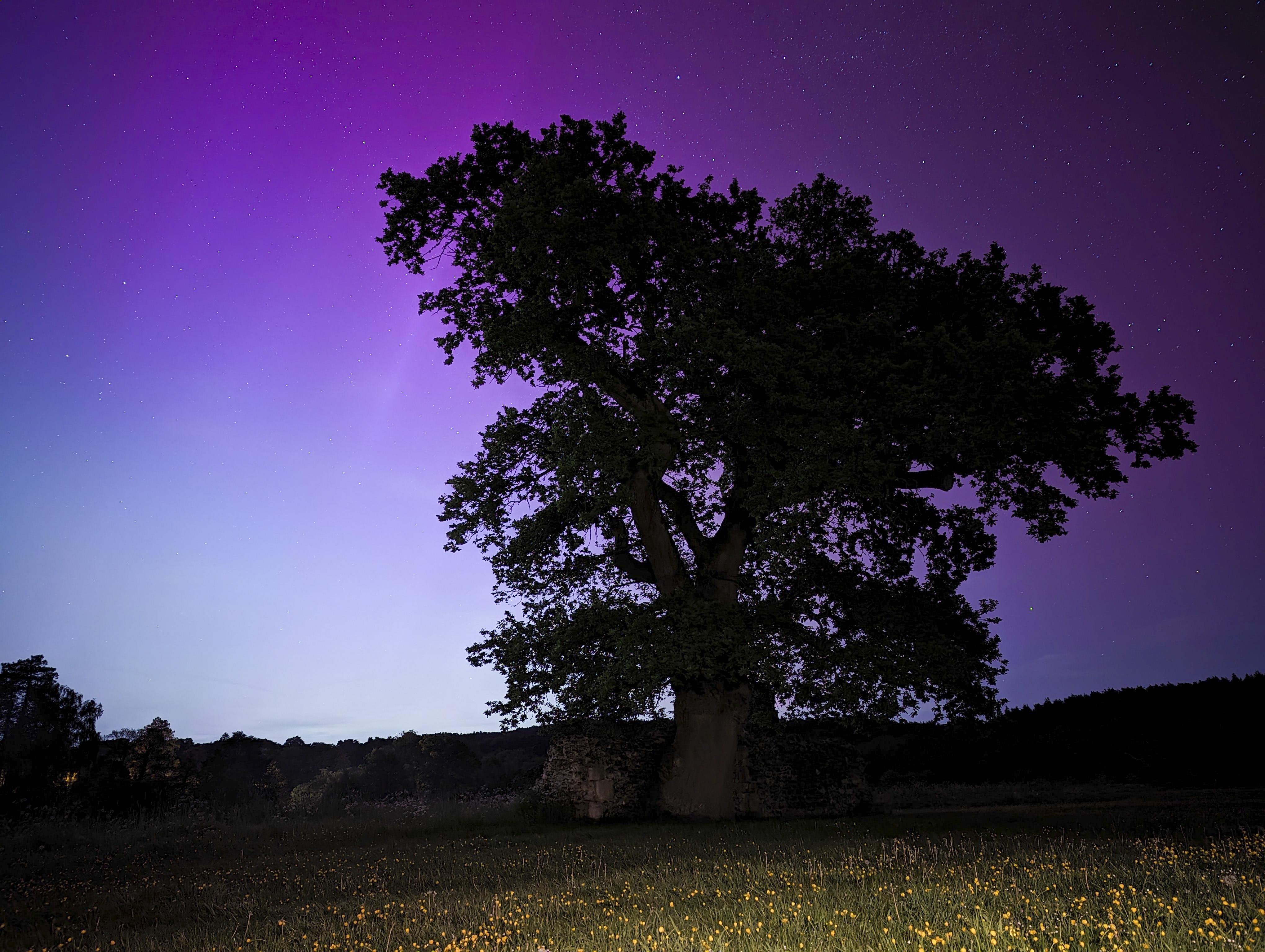
It’s true, the technical quality of an image made with Astrophotography mode is superior to using regular Night Sight – it’s cleaner and sharper (see the image above). However, images are missing something that's crucial when shooting the northern lights, as opposed to a regular starry night sky, for which it works better, and that's the finer details.
Get daily insight, inspiration and deals in your inbox
Sign up for breaking news, reviews, opinion, top tech deals, and more.
By building a photo over four minutes, you get a much cleaner image, however, the detail in the dancing columns of light is lost when it's merged into one final image. The four-minute sequence condensed into a one-second timelapse that's automatically saved alongside your astrophotography image only goes to show what you could have had in a single shorter photo (see the looped one-second video clip, above).
When I switched to Night Sight instead, the northern lights detail was sort of there, but it was less clean, and the quality couldn't match the Astrophotography mode. My mirrorless camera, on the other hand, is in a whole other league...
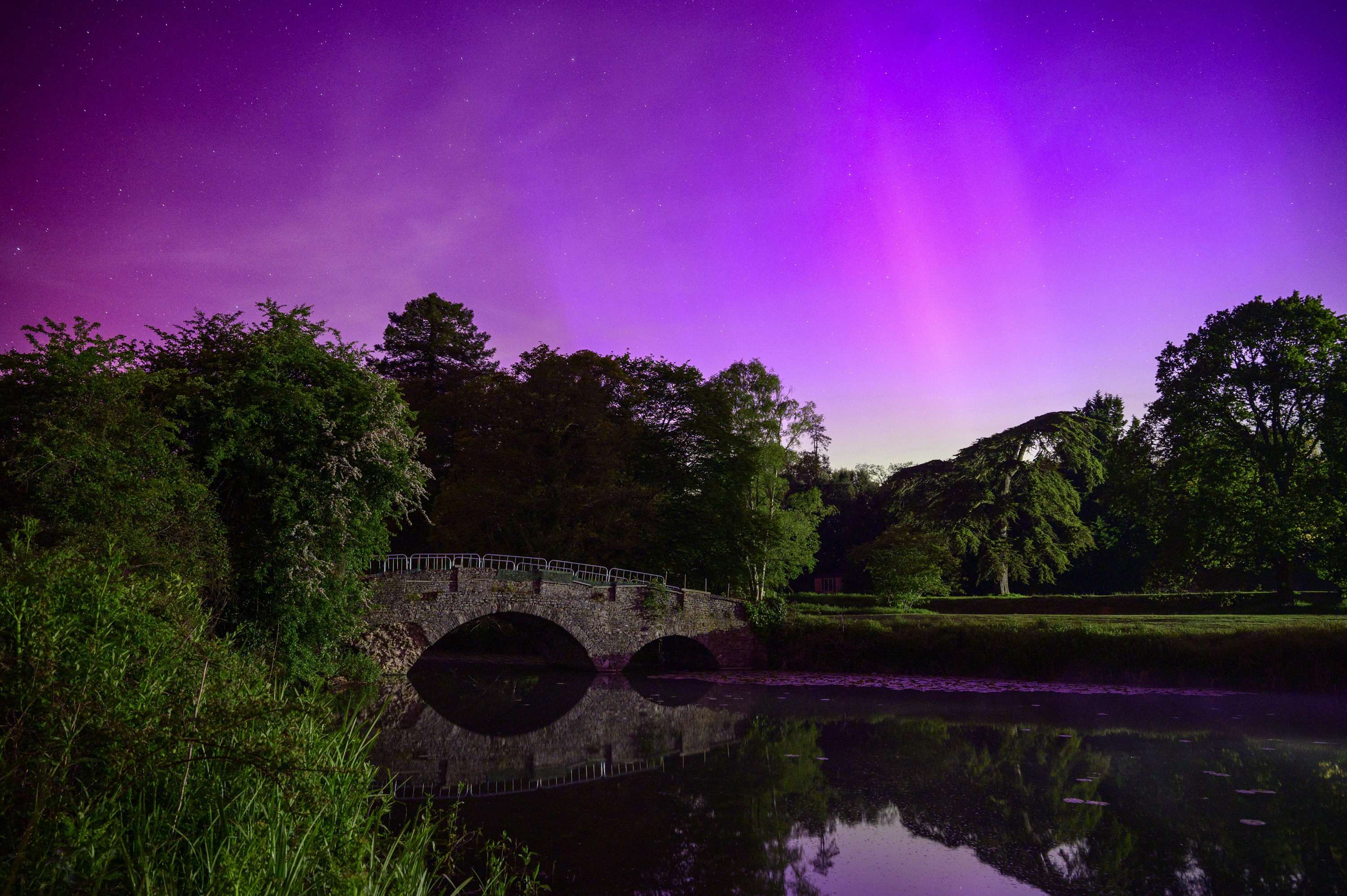
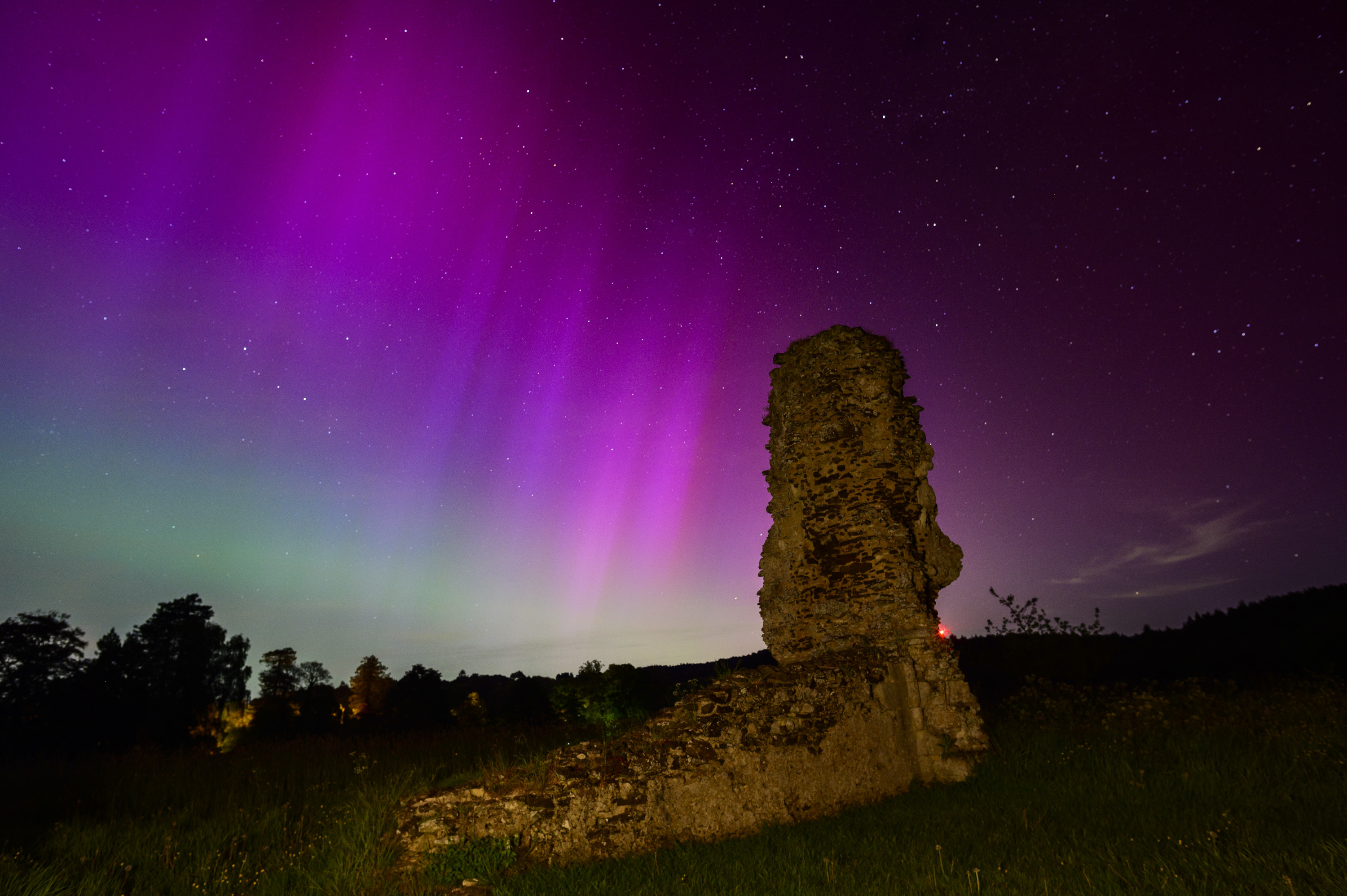
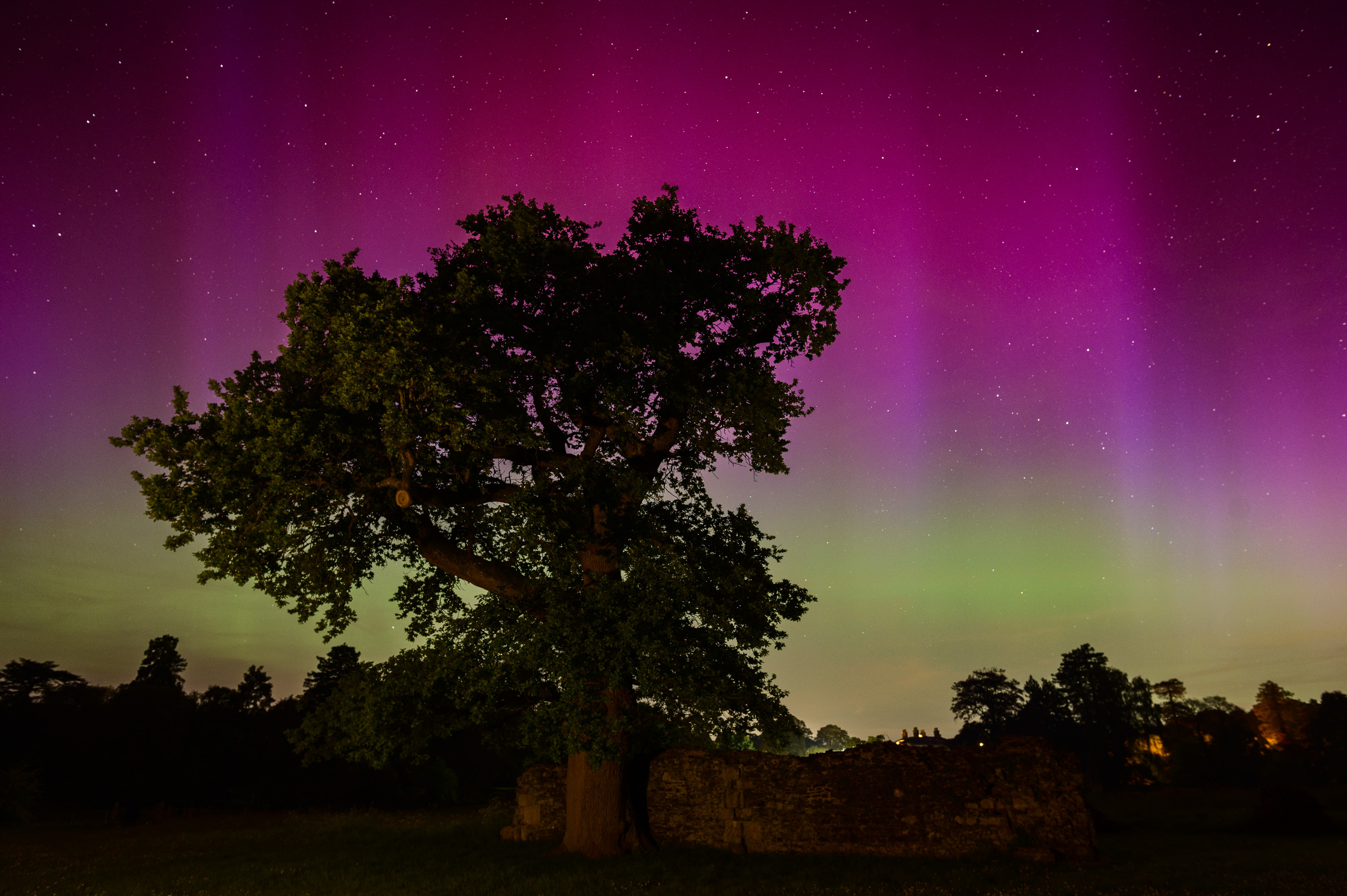
Still a 'proper' camera’s world – for now
My experience on the night was that I could see a greenish hue on the horizon and moving columns of white, but the strong magenta you see in the pictures was not perceivable with my eyes. It was only through the screen of my camera and my first photos of the night that I knew for sure the northern lights were active above me.
I had two wide-angle lenses to choose from for my Nikon Z6 II mirrorless camera: a 20mm f/1.8 or 24-70mm f/2.8, and I mostly opted for the wider lens in order to get closer to a foreground subject to include it for perspective, but also be wide enough to angle the camera up to include as much of the night sky as possible (see examples, above).
I set the exposure time somewhere between 5-10 seconds, the aperture to f/2.8 and sensitivity to around ISO 1600. Several seconds later and pow, the image appears on my screen and blows me away. Unlike with the Google Pixel, I have complete control over exposure time and the brightness in my photos, and the superior image sensor and lens render sharper and punchier detail.
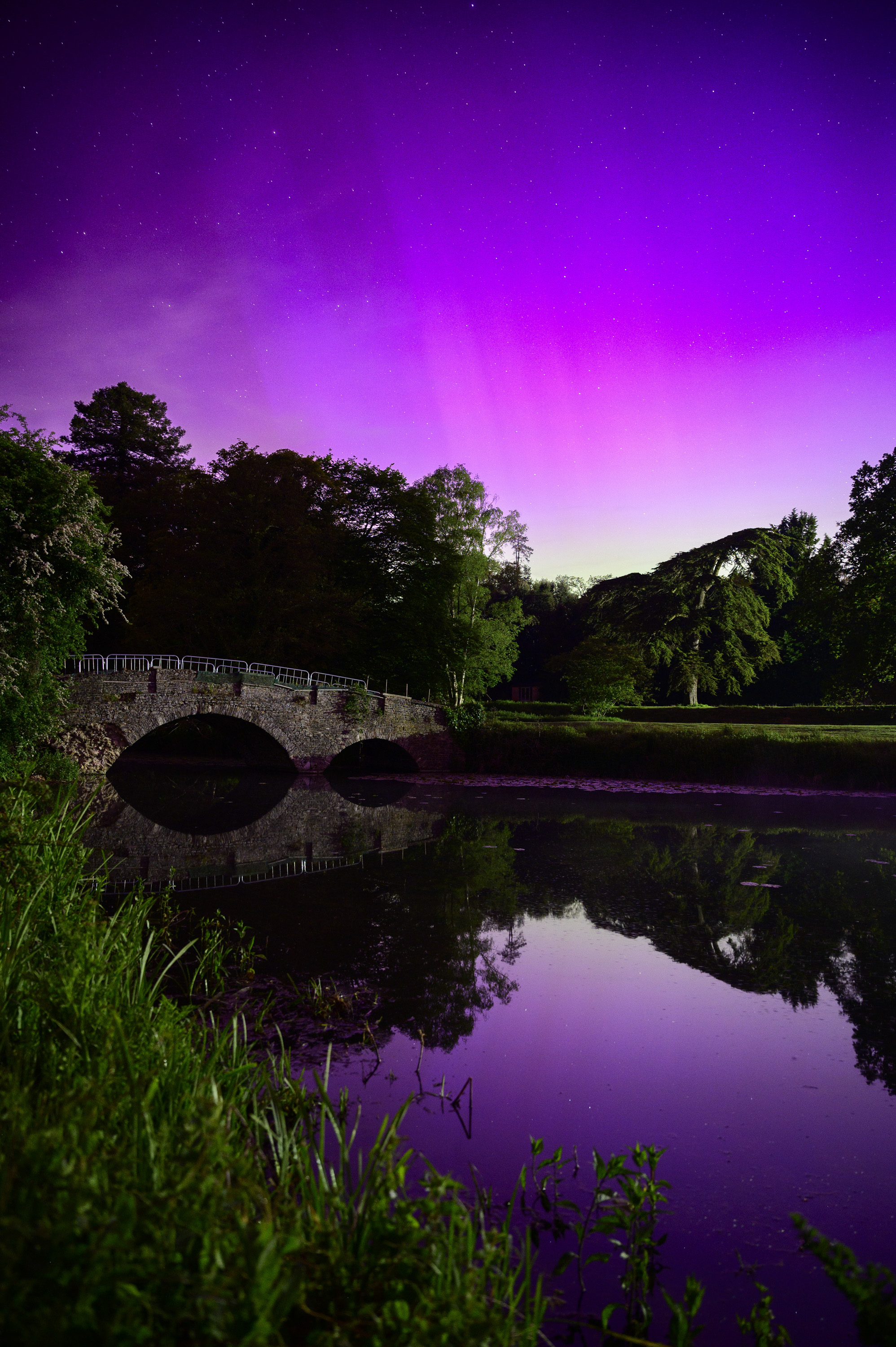
The mirrorless camera was the clear winner, although no one can deny how much the cameras in smartphones have improved – I got okay shots with the Pixel 6 too, and I've seen better examples than mine from other phones. I have usable smartphone shots, but I wouldn't rely on the Google Pixel's Astrophotography mode in the way I can its Long Exposure mode.
In retrospect, I wish I'd spent less time frantically trying to get photos with both phone and camera, all while attempting to balance the composition of the land in my photos with the ever-moving northern lights, and spent more time simply enjoying the moment.
If I’m lucky enough to witness the aurora again I’ll be opting for a mirrorless camera for complete control over the exposure time and brightness; and I'll take a few shots, and then relax and take it all in.
You might also like

Tim is the Cameras editor at TechRadar. He has enjoyed more than 15 years in the photo video industry with most of those in the world of tech journalism. During his time as Deputy Technical Editor with Amateur Photographer, as a freelancer and consequently editor at Tech Radar, Tim has developed a deeply technical knowledge and practical experience with cameras, educating others through news, reviews and features. He’s also worked in video production for Studio 44 with clients including Canon, and volunteers his spare time to consult a non-profit, diverse stories team based in Nairobi. Tim is curious, a keen creative, avid footballer and runner, and moderate flat white drinker who has lived in Kenya and believes we have much to enjoy and learn from each other.